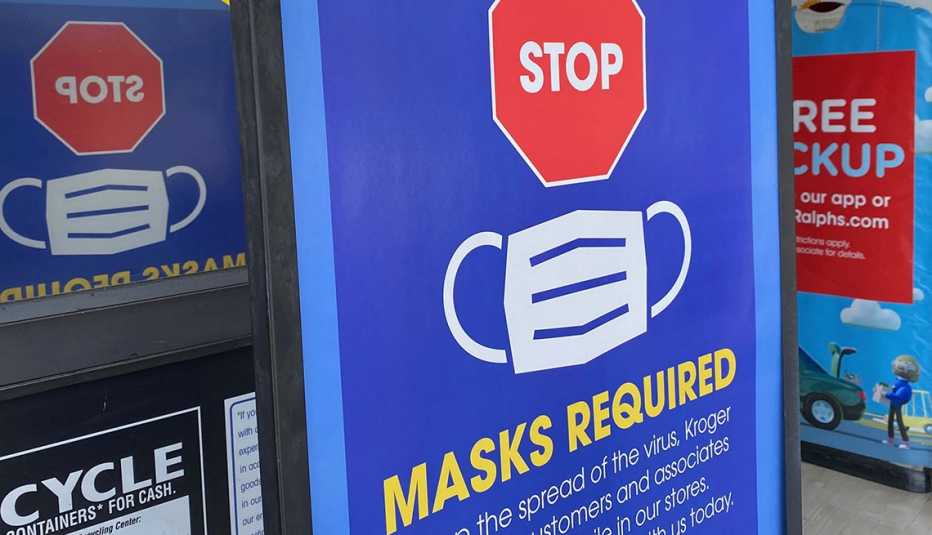Staying Fit
As young students across the country head back to school — both virtually and in person — several new reports show that kids are not immune to the coronavirus, nor are they invulnerable to the complications it can cause.
More than 338,980 kids in the U.S. have tested positive for the new coronavirus (SARS-CoV-2) through July 30, according to data from the American Academy of Pediatrics and the Children's Hospital Association. About 97,000 of the cases were in the last two weeks of July. California, Florida, Arizona and Tennessee reported the most cases of COVID-19 in kids. Half of all U.S. states recorded at least 5,000 cases apiece.


AARP Membership— $12 for your first year when you sign up for Automatic Renewal
Get instant access to members-only products and hundreds of discounts, a free second membership, and a subscription to AARP the Magazine.
And while most kids who acquire a coronavirus infection experience no symptoms or mild ones, an analysis from the Centers for Disease Control and Prevention (CDC) of 576 children across 14 states who were hospitalized for COVID-19 found that 1 in 3 pediatric patients were admitted to the intensive care unit (ICU), which is similar to the proportion among adults. The most common symptoms among hospitalized kids were fever and chills, followed by gastrointestinal symptoms, including nausea or vomiting, and abdominal pain or diarrhea.
Hispanic, Black children bear disproportionate burden
The CDC report also found that similar to trends seen in adults, Black and Hispanic children were hospitalized at higher rates than white children. Hispanic children were about eight times more likely to be hospitalized with COVID-19 than white children, and Black children were about five times more likely to be hospitalized, compared to their white peers.



































































